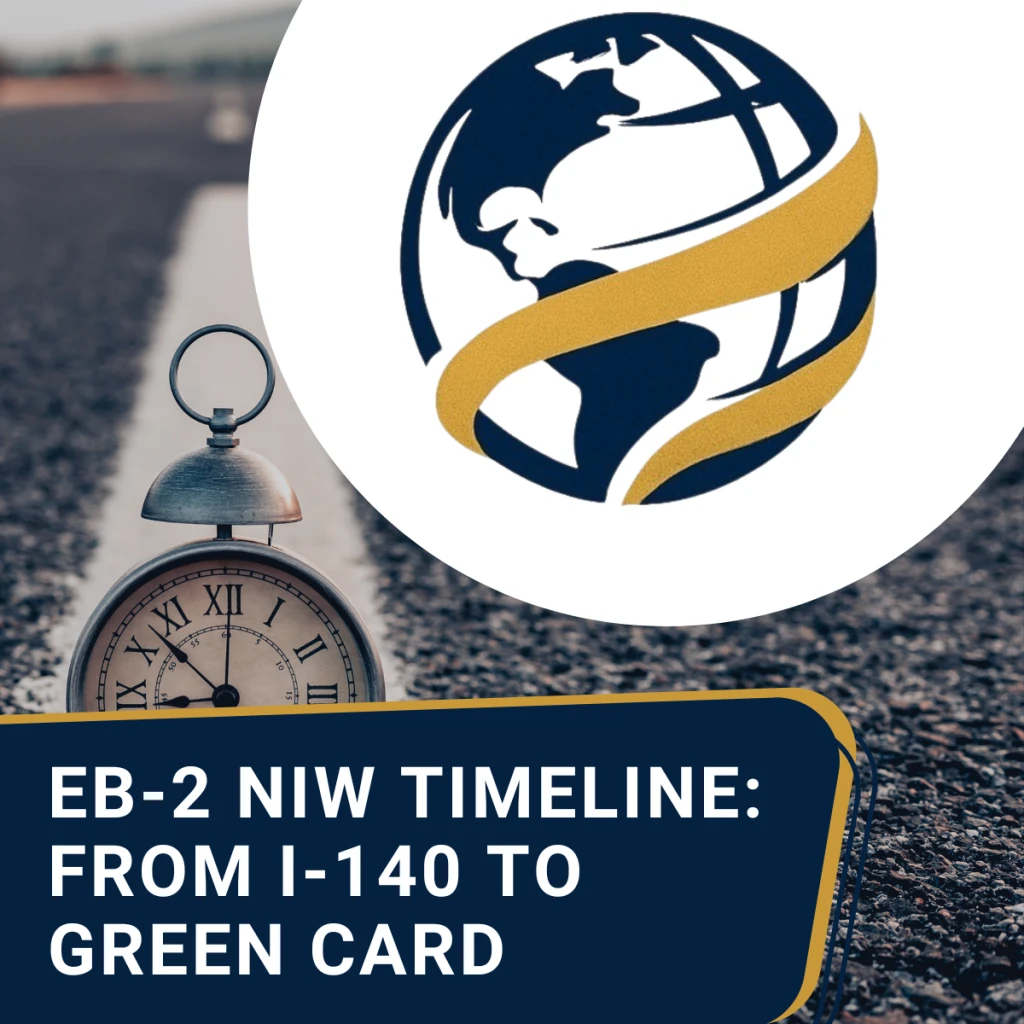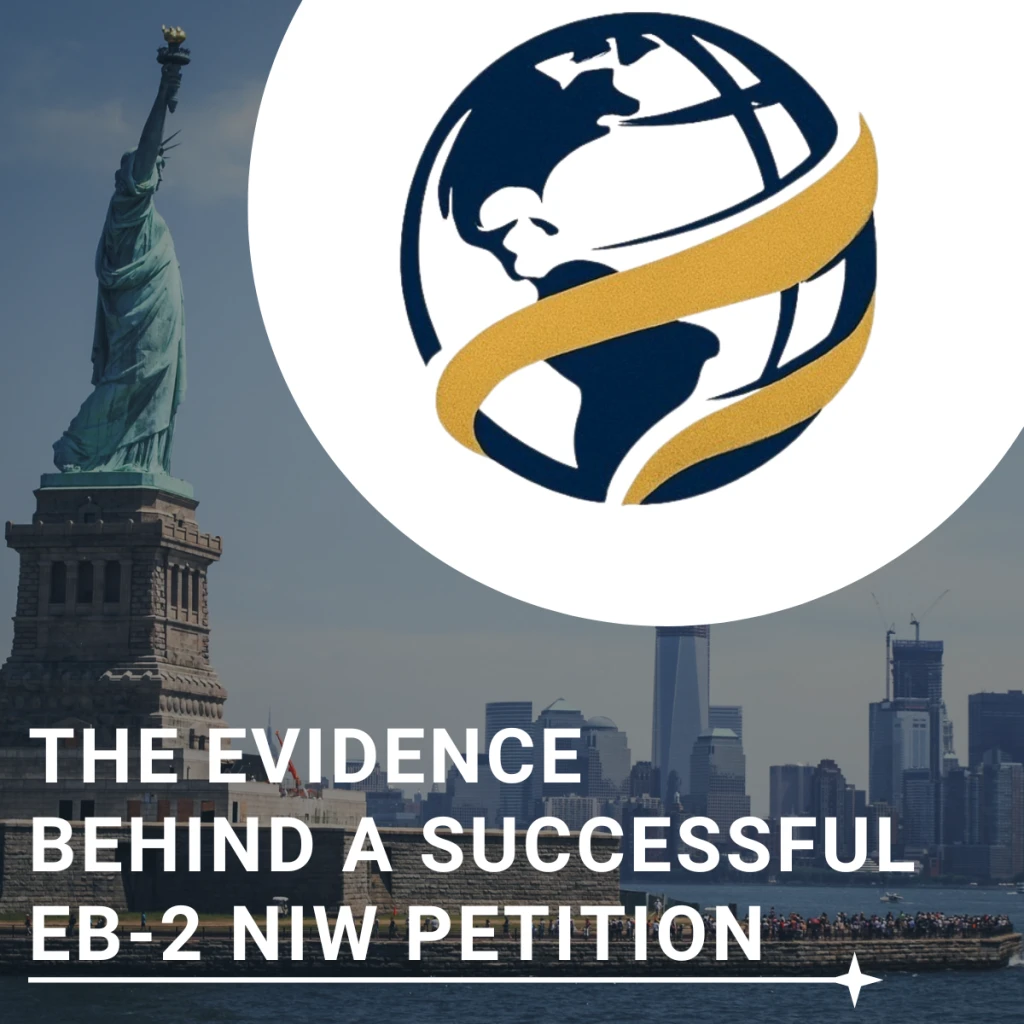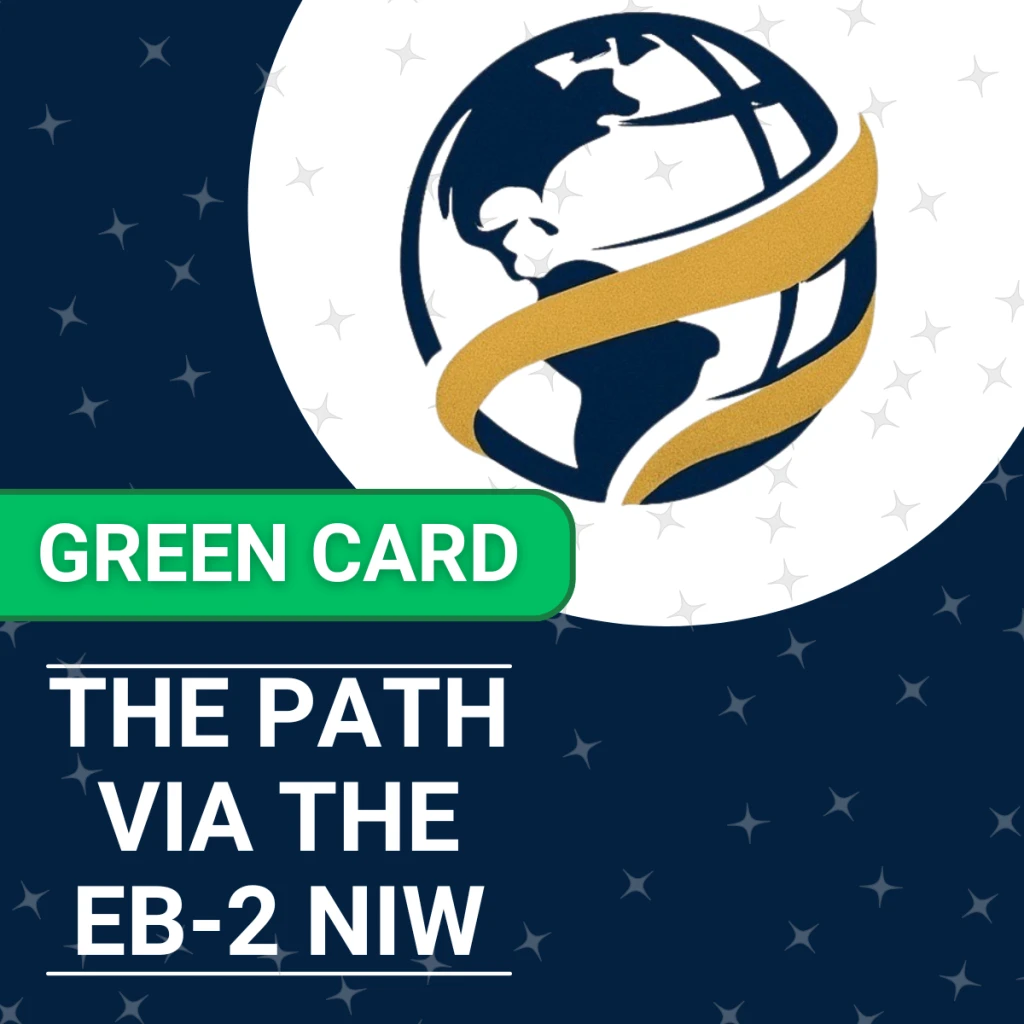
What’s the Timeline for an EB-2 NIW Petition?
The answer depends on evidence readiness, USCIS workloads, and visa availability. Here is a step-by-step overview, plus official resources you can check for real-time updates.
1) Preparing the Petition Package
Filing a strong EB-2 NIW petition takes more than completing a form. You need time to gather and organize supporting documentation, such as recommendation letters, translations, endeavor and personal statements, a business plan if applicable, and evidence that you meet EB-2 and NIW criteria. This stage often takes several weeks or more, depending on how complete and organized your materials are. Working with a professional team can streamline the process and ensure your case is presented with strategy and clarity.
2) Filing Form I-140 (Self-Petition)
The EB-2 NIW allows you to self-petition, which means no job offer or employer sponsorship is required. Once filed, two timing paths are common:
-
Standard processing. Timelines vary by USCIS service center and change over time. Always check the USCIS Processing Times tool for your form, category, and office. (12-14 months)
-
Premium Processing. For EB-2 NIW, USCIS offers Premium Processing with a 45 business day clock for adjudicative action on the I-140. This is requested with Form I-907 and does not expedite later steps like the green card application.
If evidence is missing or unclear, USCIS may issue a Request for Evidence (RFE) or a Notice of Intent to Deny (NOID). These add time and must be handled carefully. USCIS policy guidance explains when and how officers use RFEs and NOIDs. Submitting a well-structured petition from the start is the best way to reduce this risk.
FAQ: What happens to Premium Processing if USCIS issues an RFE?
-
If USCIS issues an RFE or a NOID while your EB-2 NIW I-140 is in Premium Processing, the 45 business day clock stops. A new 45 business day period starts when USCIS receives your response.
-
If USCIS does not take adjudicative action within the applicable premium timeframe, they refund the Premium Processing fee and continue processing.
3) Green Card Application: Adjustment of Status or Consular Processing
Approval of the I-140 does not authorize you to enter or live in the United States. Your next step depends on where you are and whether a visa number is available for your category and chargeability area.
You must use the Department of State Visa Bulletin and USCIS filing-chart guidance to determine when you can file. In some months you must use the Final Action Dates chart. In other months, USCIS may allow the Dates for Filing chart. Check both pages each month for the current rule.
You will then proceed with one of the following:
-
Adjustment of Status (Form I-485). If you are lawfully in the United States and your priority date is current, you may file to adjust to permanent resident. In many situations you can file I-140 and I-485 together if a visa number is immediately available, known as concurrent filing.
-
Consular Processing. If you are outside the United States, you complete immigrant visa processing at a U.S. consulate once your priority date is current under the Visa Bulletin. If approved, you will receive an immigrant visa, enter the United States, and the green card is mailed to your U.S. address shortly after arrival.
Processing times range from 6 to 18 months, depending on the route and location. Use the USCIS Processing Times tool for I-485 employment-based cases to see current ranges for your jurisdiction.
FAQ: What is a priority date and which chart do I use?
Your priority date is your place in line for an immigrant visa number. For EB-2 cases that do not require labor certification, it is the date USCIS accepts your I-140. USCIS tells you each month whether employment-based applicants must use Final Action Dates or Dates for Filing to determine filing eligibility for I-485.
FAQ: Can I file I-140 and I-485 together?
Concurrent filing is allowed only when a visa number is immediately available at filing, based on the applicable chart that USCIS designates for that month. If your priority date is current under that chart, you may submit I-140 and I-485 together.
FAQ: What if the dates retrogress after I file?
If the Visa Bulletin moves backward after you file the I-485, USCIS will hold your case and finalize it when a visa becomes available again. Retrogression does not change your priority date or your place in line. Keep your address current and watch for any USCIS requests while your case is paused.
4) Work and Travel Authorization while an I-485 is Pending
If you file Form I-485 in the United States, you can also request:
-
Employment Authorization Document, by filing Form I-765 under category C(9). After approval, USCIS indicates the EAD card is typically produced within two weeks, though adjudication time varies by office and workload.
-
Advance Parole, by filing Form I-131, which permits travel during the I-485 process. Processing times vary and fees changed in 2025, so review USCIS form pages for current requirements.
These typically take 3-6 months and allow you to work and travel while waiting for your green card.
Keep Your Timeline Accurate with Official Sources
Because backlogs and policies change, always verify timing with these official pages before you decide when to file or travel:
-
USCIS Processing Times tool for I-140, I-485, I-765, and I-131. https://egov.uscis.gov/processing-times/
-
USCIS Premium Processing overview and Form I-907 page. https://www.uscis.gov/forms/all-forms/how-do-i-request-premium-processing https://www.uscis.gov/i-907
-
USCIS guidance on which Visa Bulletin chart to use this month. https://www.uscis.gov/green-card/green-card-processes-and-procedures/visa-availability-priority-dates/adjustment-of-status-filing-charts-from-the-visa-bulletin
-
Department of State Visa Bulletin. https://travel.state.gov/content/travel/en/legal/visa-law0/visa-bulletin.html
Disclaimer: This article is for informational purposes only and does not constitute legal advice.



